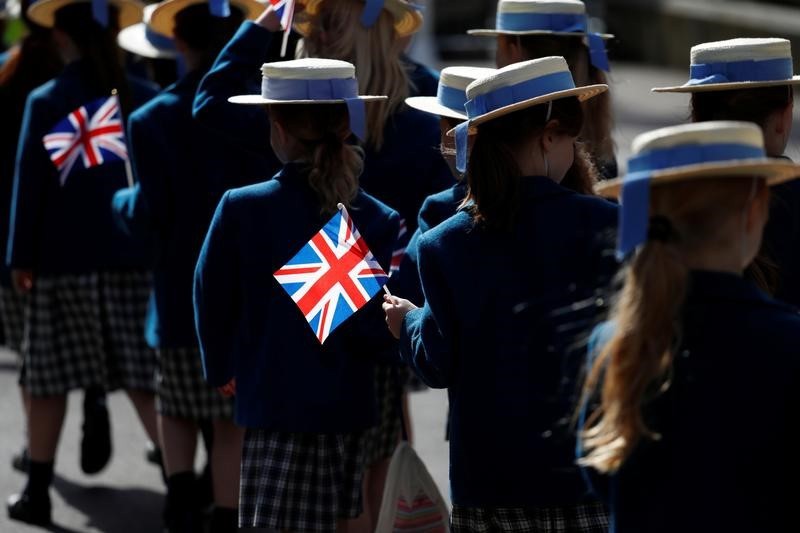
ENGLAND - Under the government's plan to ease the lockdown, millions of primary school pupils will start going back from June 1.
Having less COVID-19 related issues, primary school pupils are going back first for it will be a big impact on them if they will miss education.
While Secondary school pupils are expected to come back in the month of September.
On the other, despite the assessment made by the government for a possible comeback to the least threatened age group, teaching unions warned that the plan is reckless and it is not feasible.
But how will primary schools look different? We've gathered 15 key points based on government guidance.
1. Limited number of students will be allowed in a class.
The target of 15 students in each classroom adds assurance in avoiding the spread of the virus in educational institutions as they will be a way to one another while learning.
With or without any confirmation that a child is positive with COVID-19, as long as they exhibit symptoms of coronavirus, automatically the whole will be advised to take a self-isolation for 2weeks. But once everyone is cleared they can go back to their class. Teachers are required to use PPEs in case a child exhibits medical problems, but if none they were advised to have at least masks, eye-protective gear, or even apron just to avoid any possible infection. Since people are being urged to avoid using any mode of public transportation, the guidance says trusts, councils, and schools are currently figuring out how to apply the home-to-school transport in the safest way. But if you are living close to the school, the guidance encourages you to just take a walk or a cycle for it is a lot safer. Read also: Healthy Levels of Vitamin D Can Increase COVID-19 Survivability, Study Suggests Routine testing of an individual's temperature is not a reliable method for associating coronavirus so parents and school medical staff do not need to take children's temperatures on a daily basis. Children who are extremely clinically vulnerable will not return and will be advised to stay at home for 12 weeks, while those less clinically vulnerable, children having asthma will not automatically stay away from school as they will be assessed based on their medical history and current condition. Aside from cleaning frequently those commonly touched surfaces, Schools shall promote regular handwashing for 20 seconds using running and soap but if not available, a sanitizer can act as a substitute. Children of critical workers are strongly encouraged by the government to attend classes however if the child will not be able to attend, a notification must be sent so that staff will be aware as parents will not face any fine for non-attendance. Meanwhile, in other countries which are also fighting the coronavirus some educational institutions have shifted to virtual learning. Class meetings are being held through Zoom and Skype, thus, children are no longer required to report to school physically, mitigating the spread of the virus. Aside from that some parents have already opted to do homeschooling while it is not yet safe to send children out their homes. This situation is said to become the new normal in education until a vaccine or cure is discovered.2.Teachers will be wearing PPEs when facing sick children
3. Limited school buses
4. No need for temperature checks
5. Children with serious health risks will not be allowed to go back
6. More Cleaning
7. Absences will not be taken against the children.
8. Virtual learning and home school
Related article: COVID-19 Believed to Also Target Heart and Kidneys of Children








